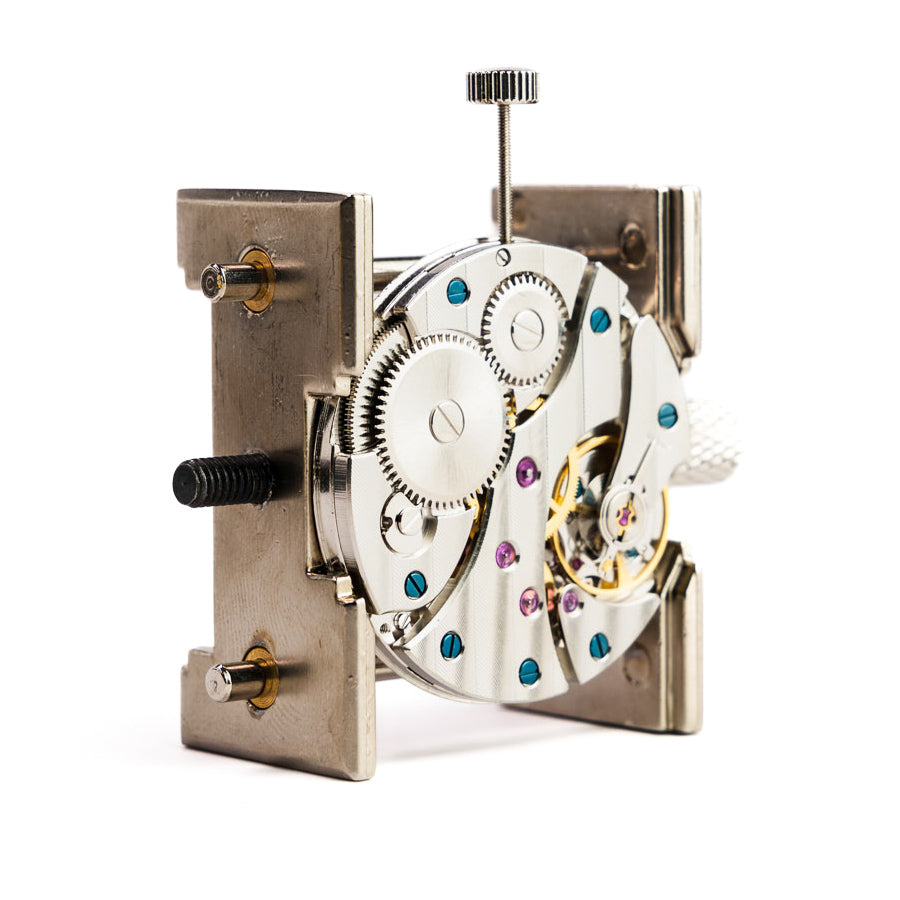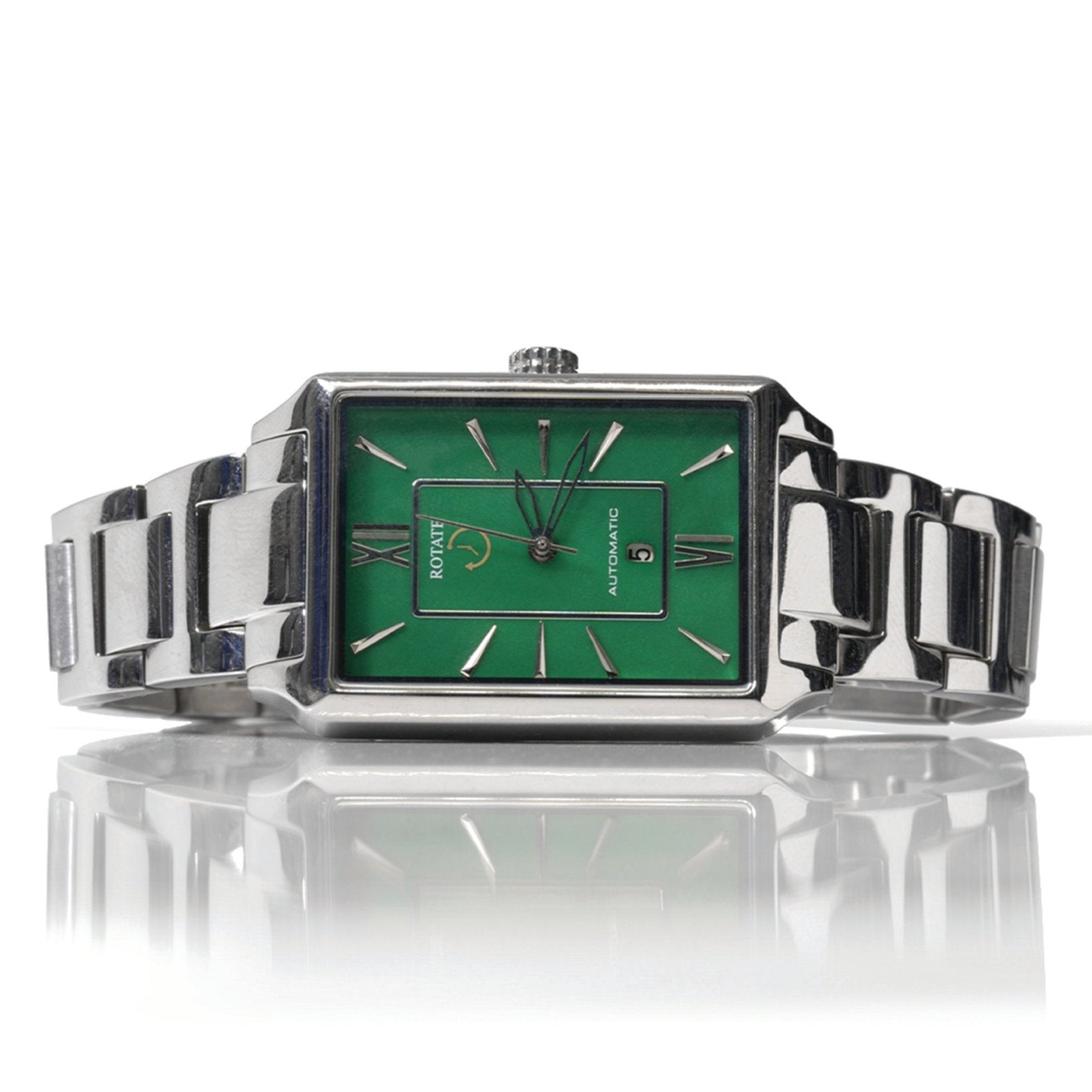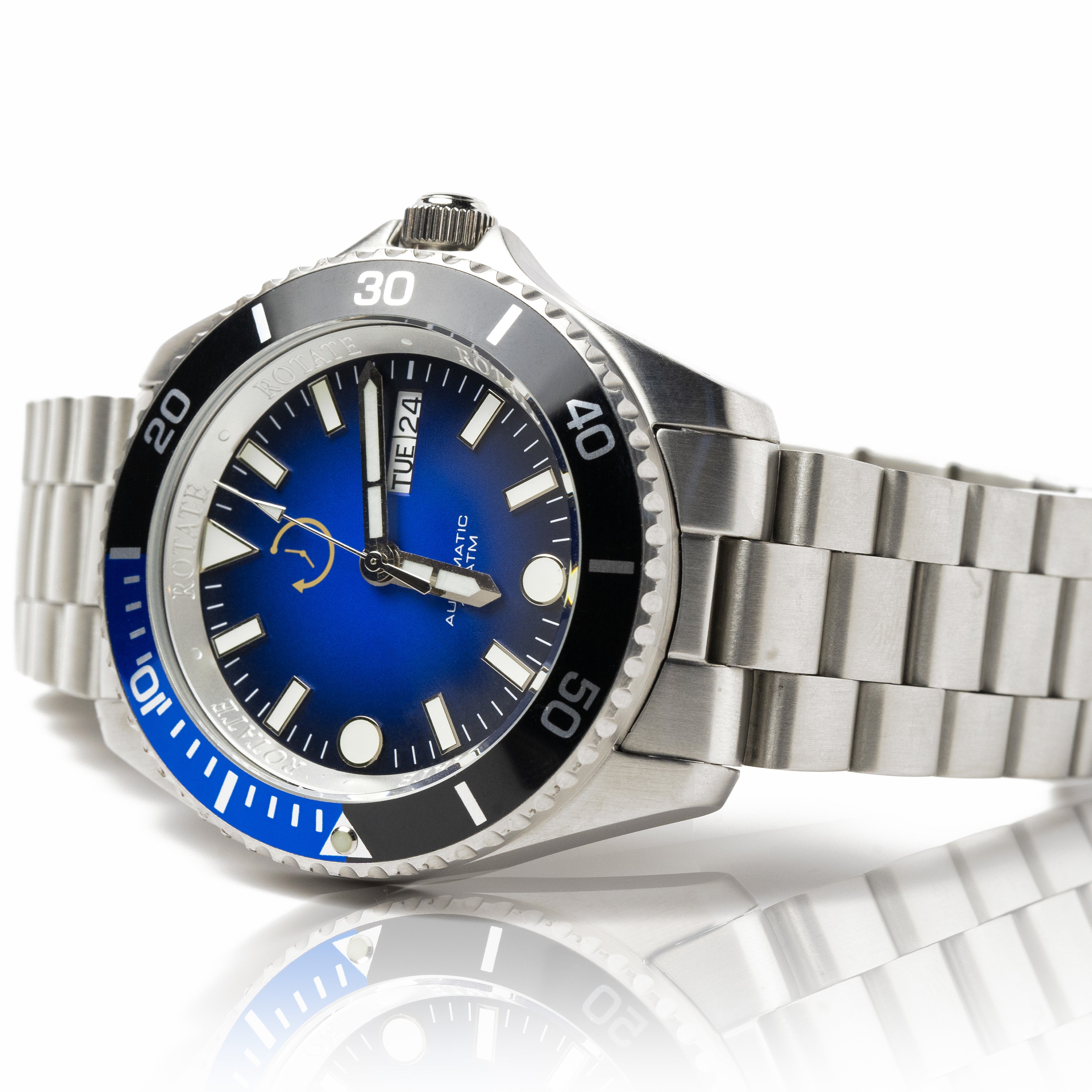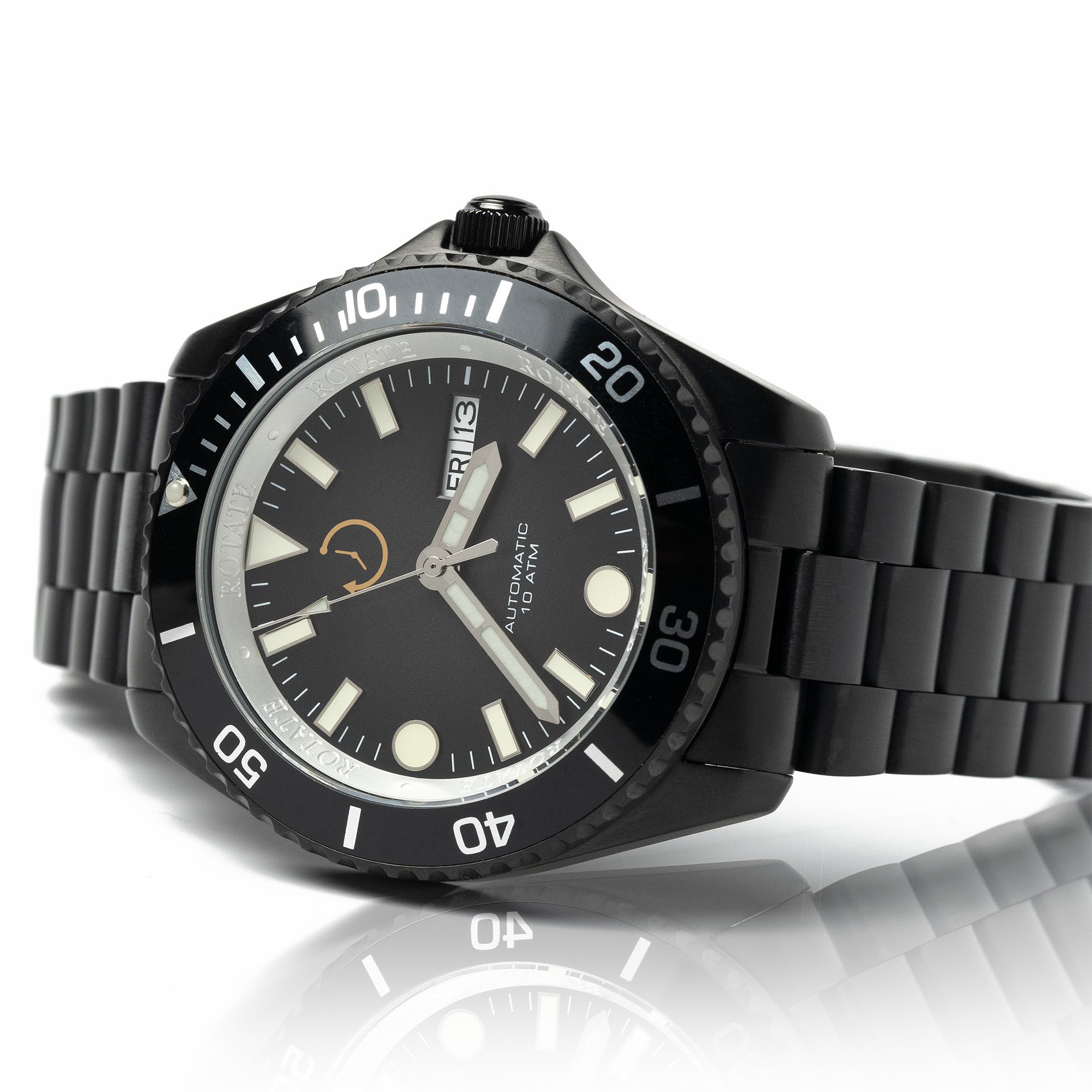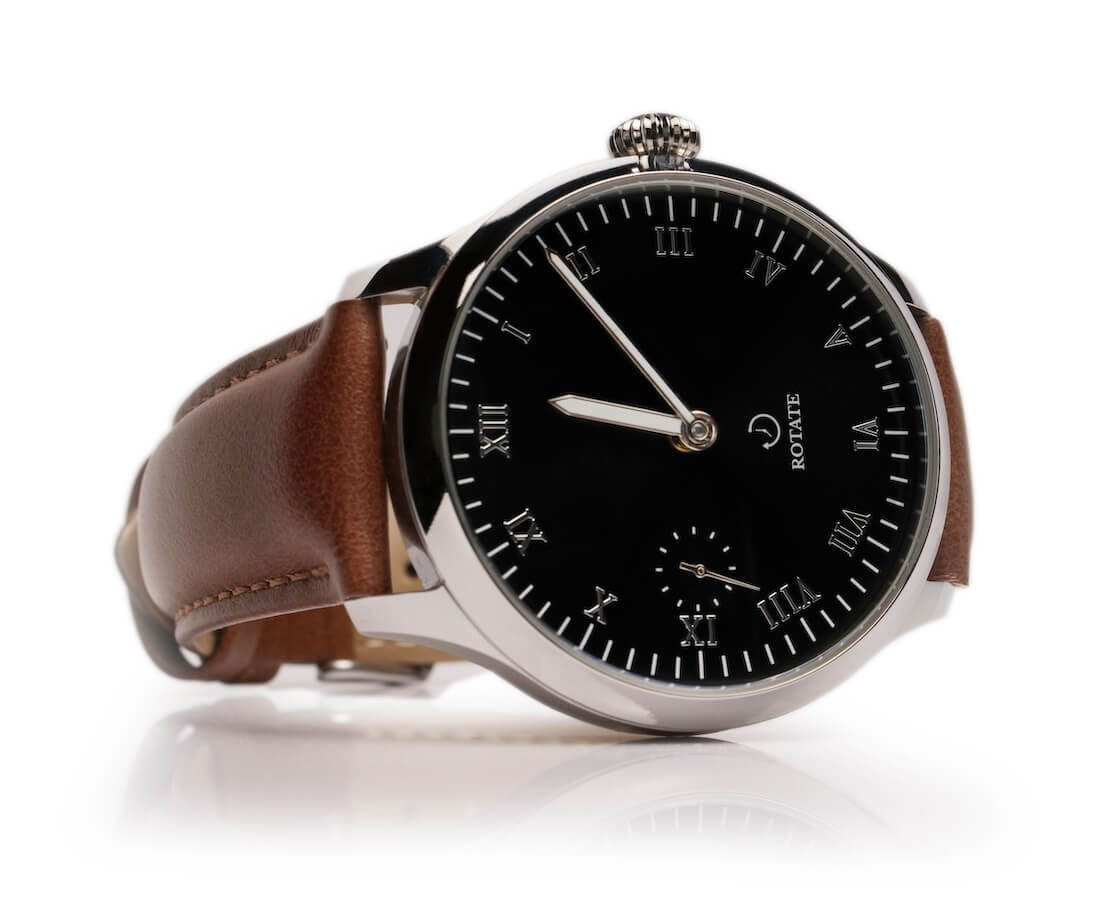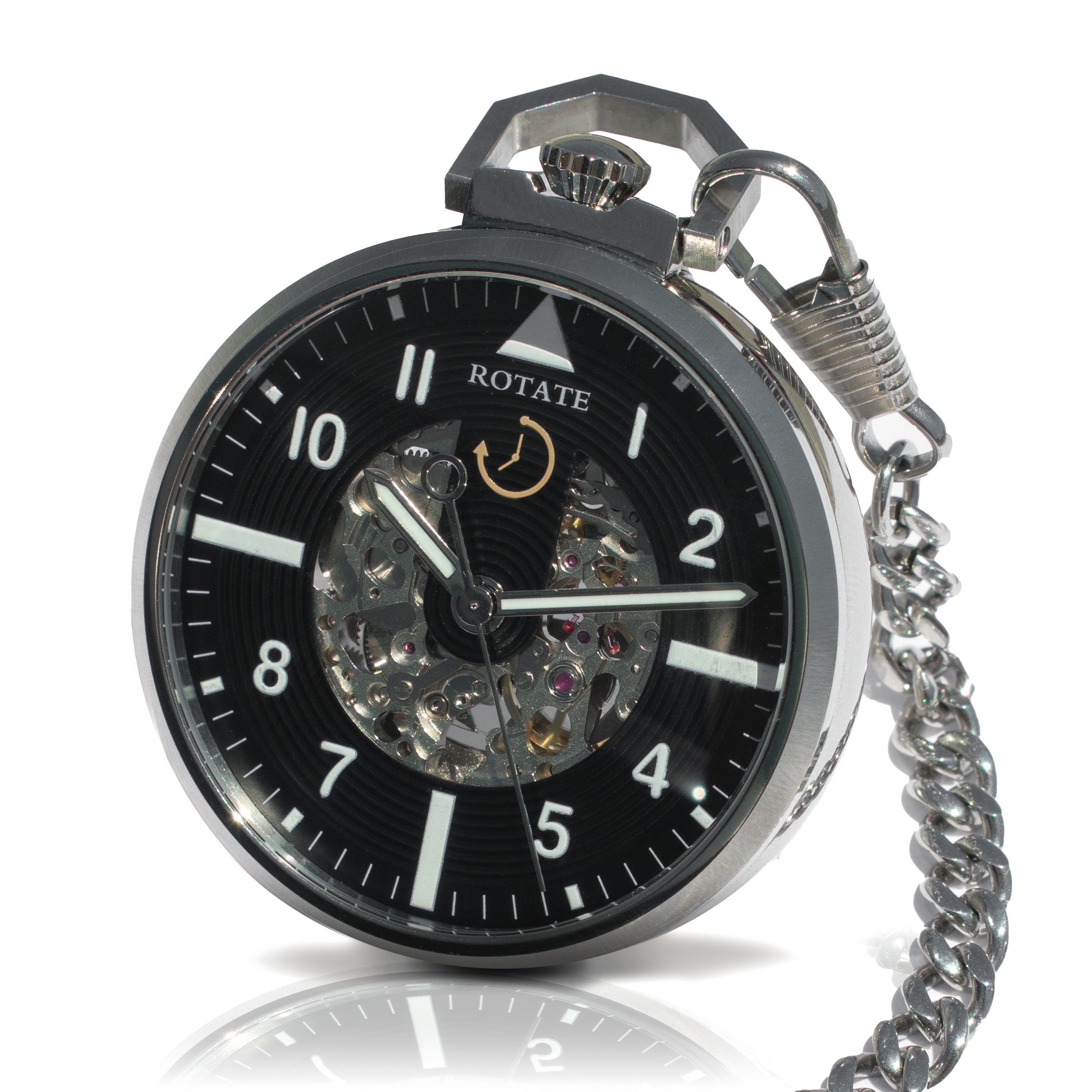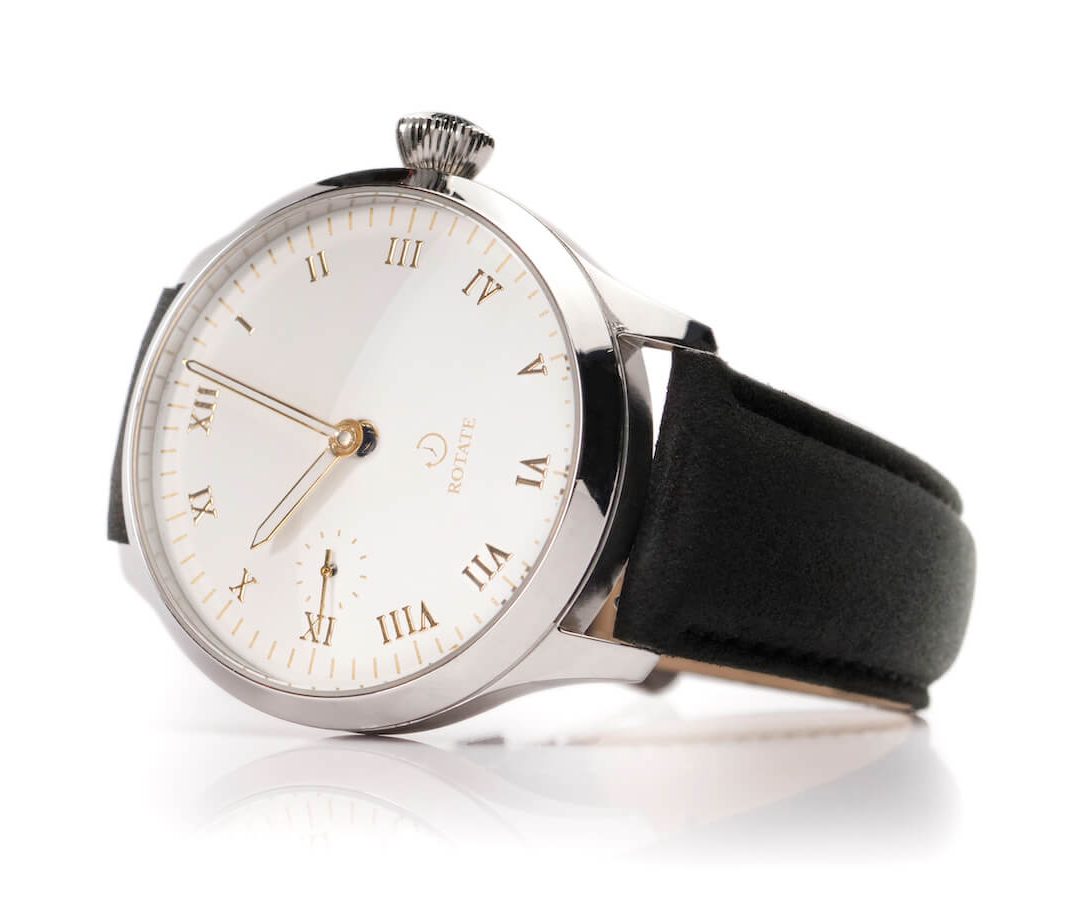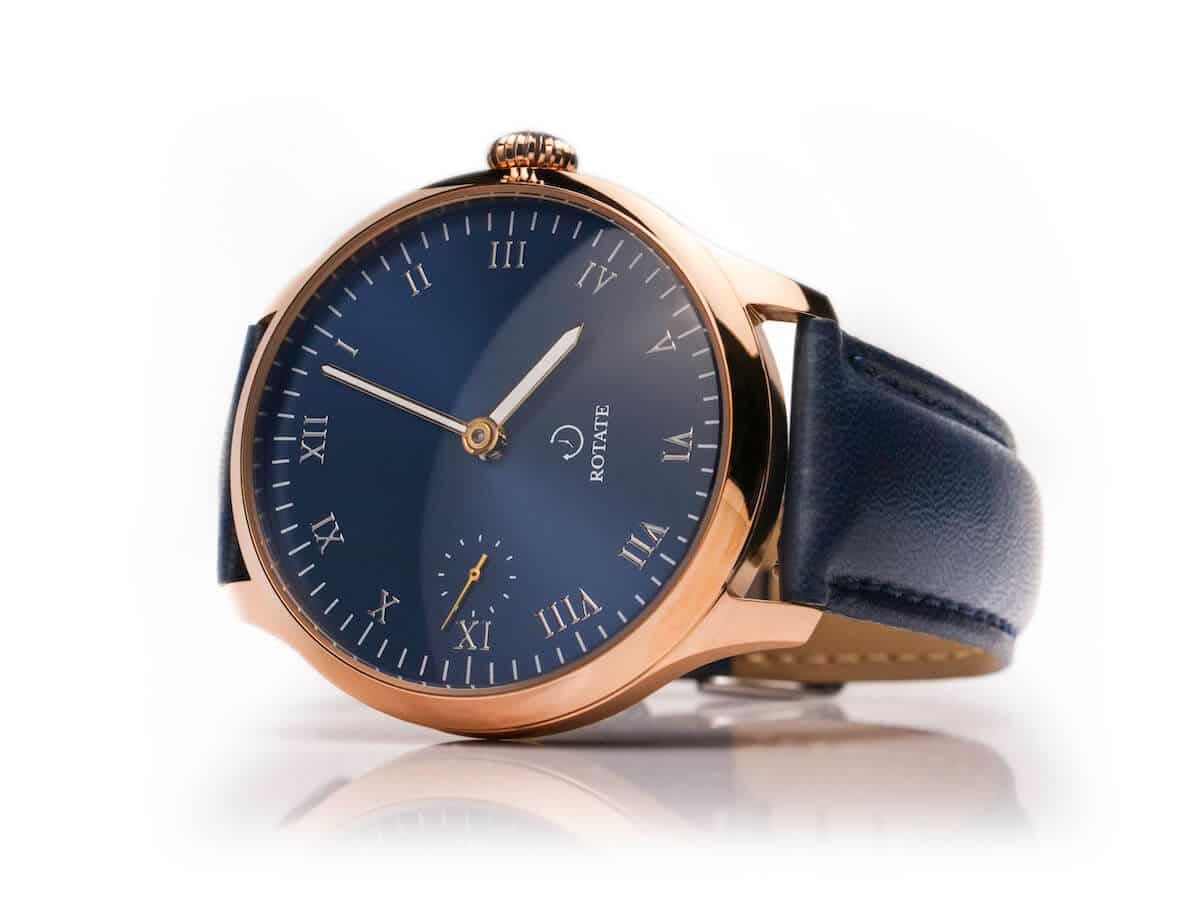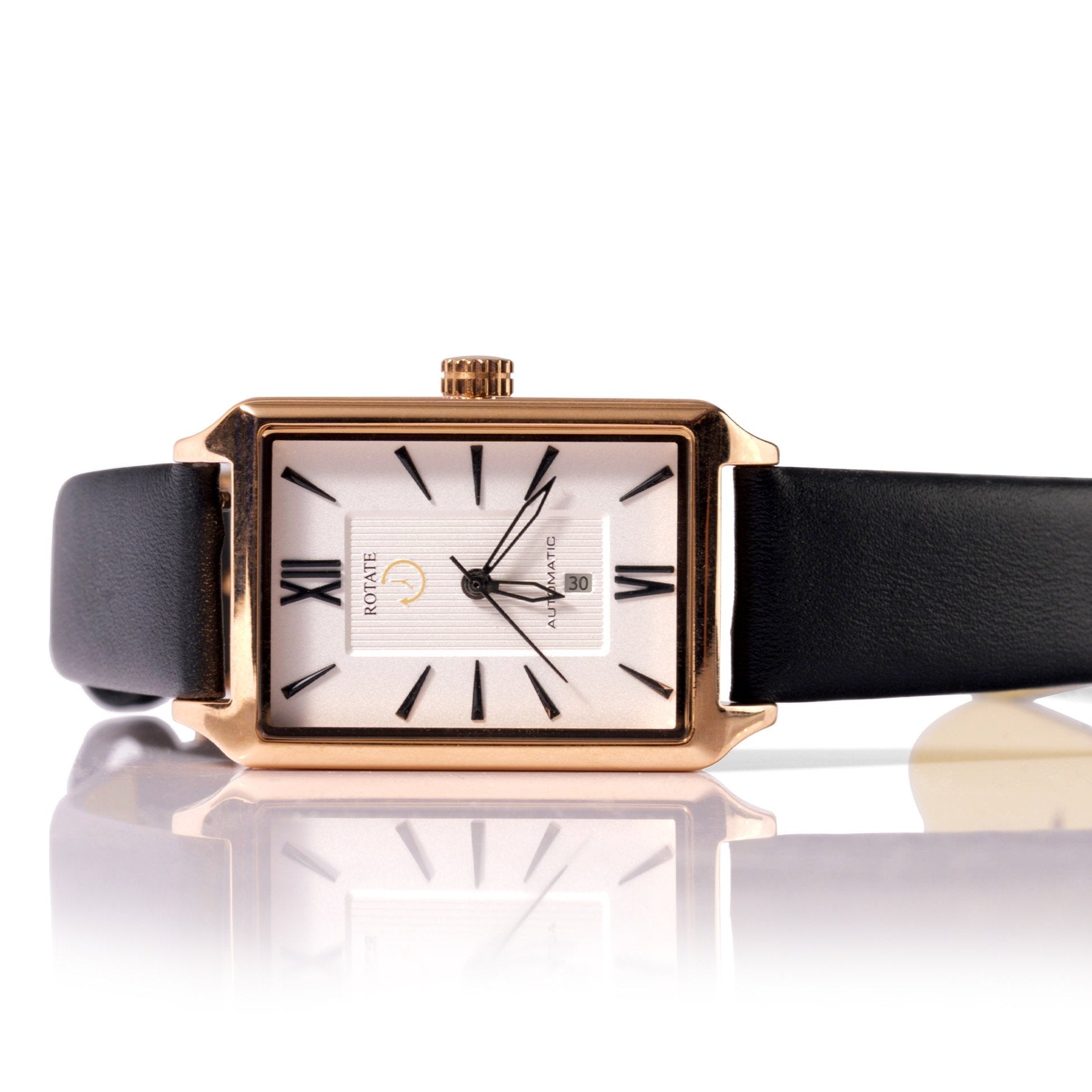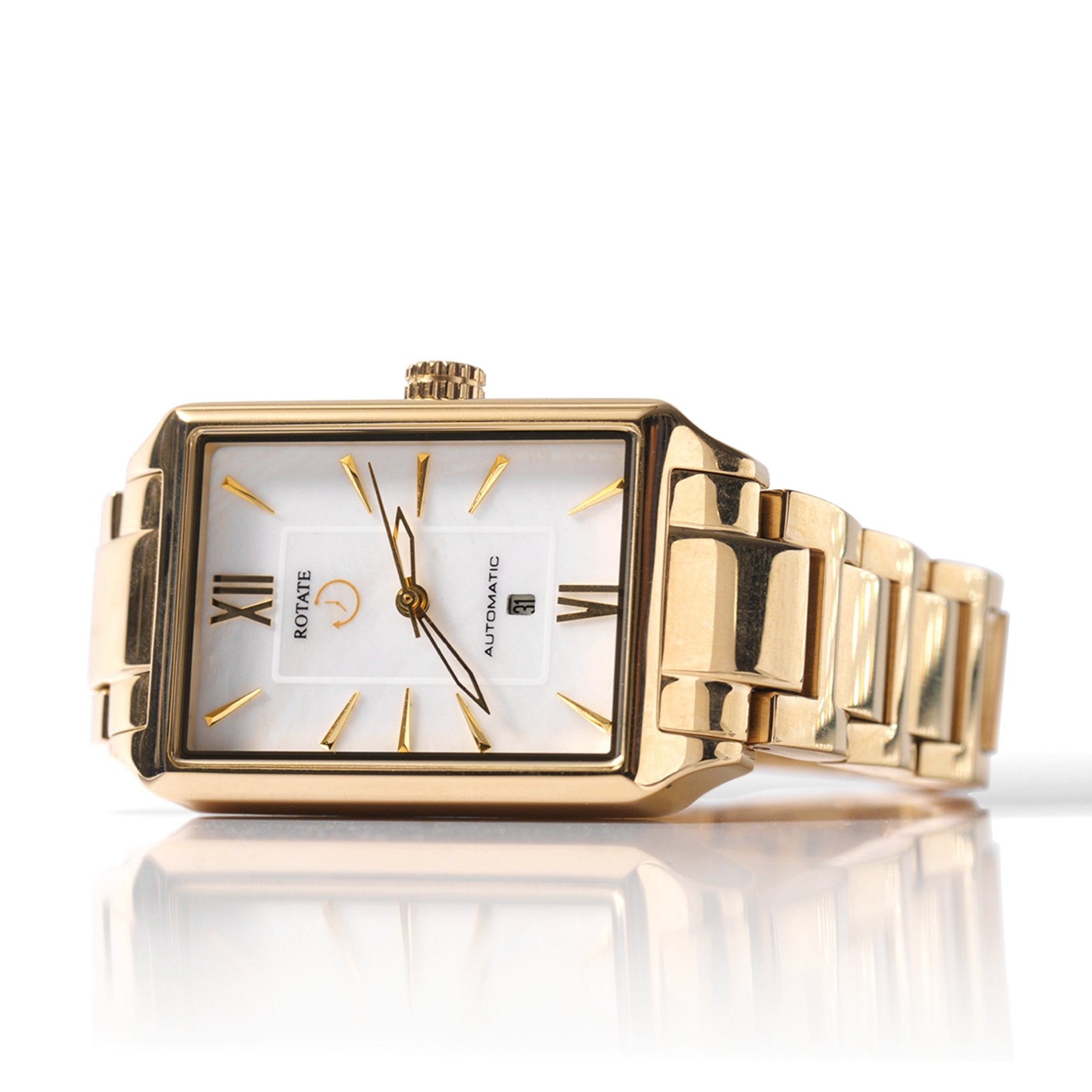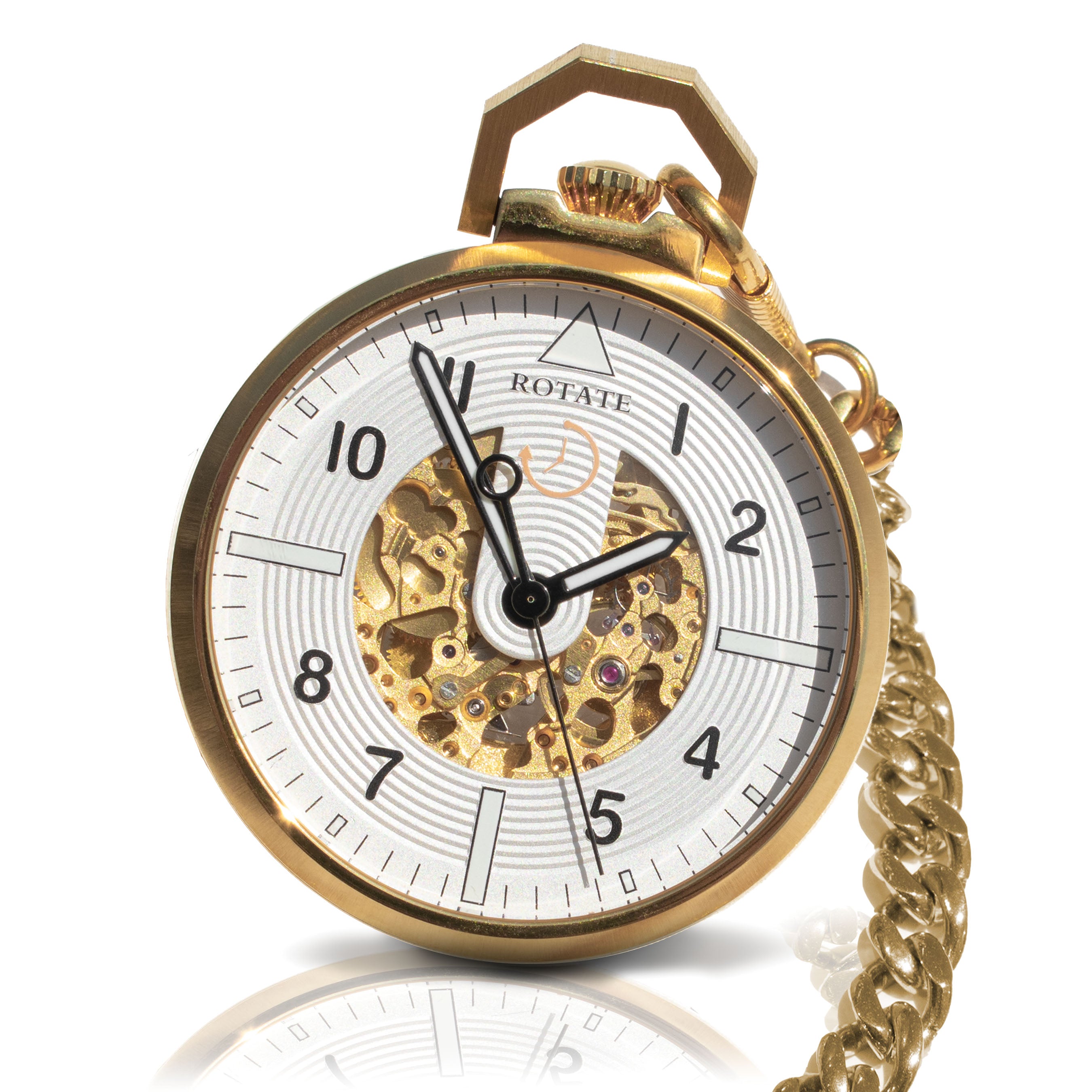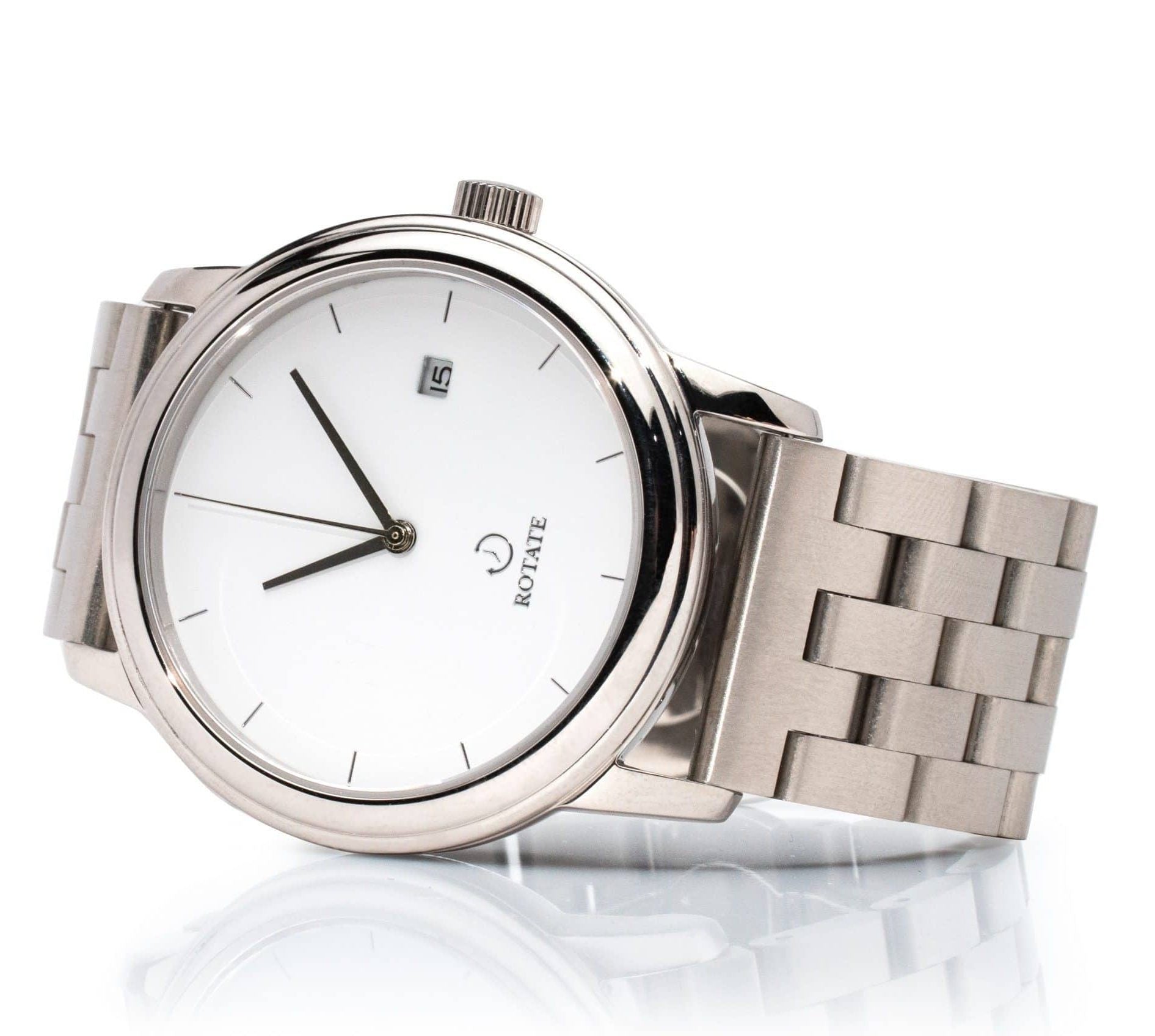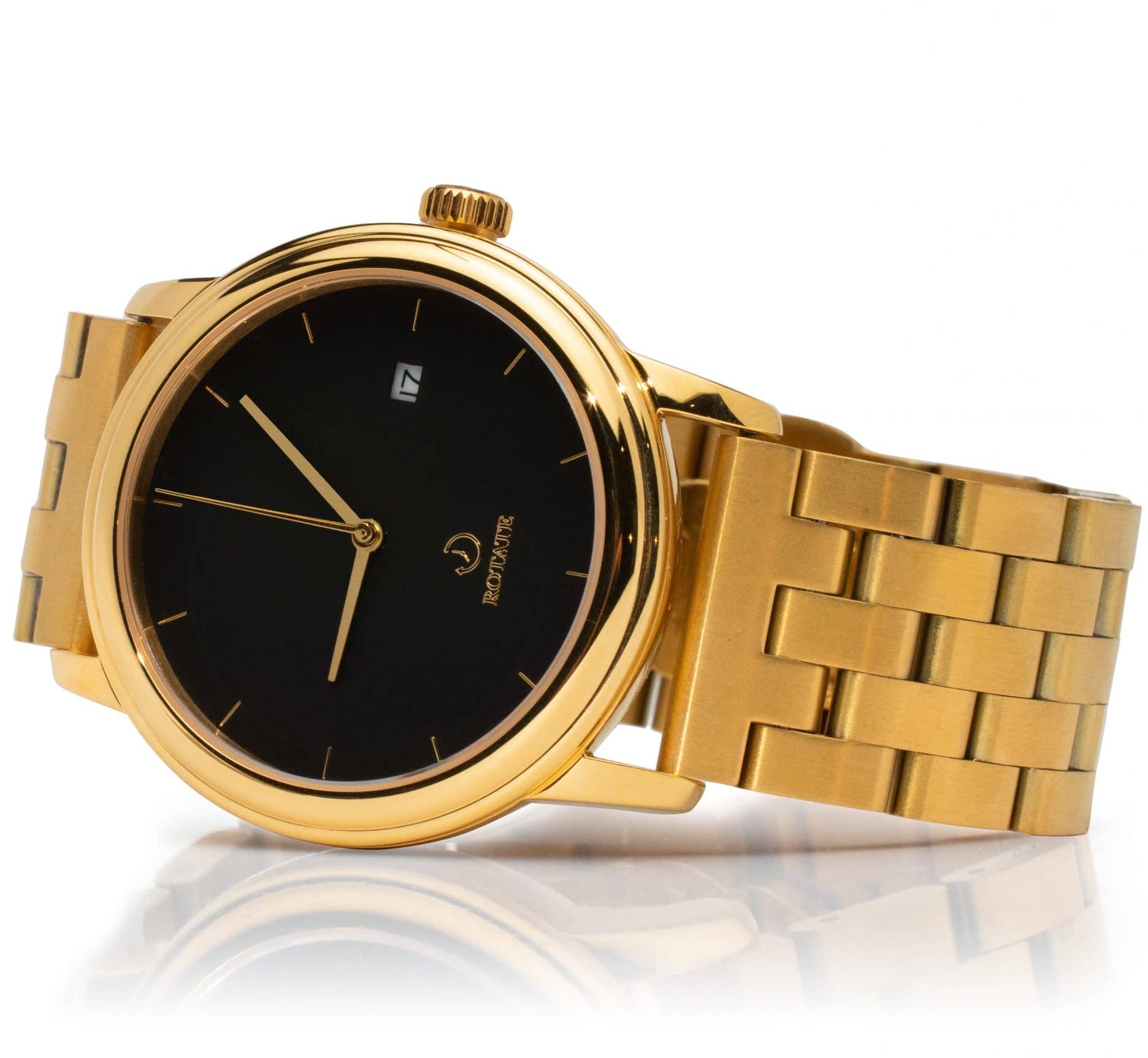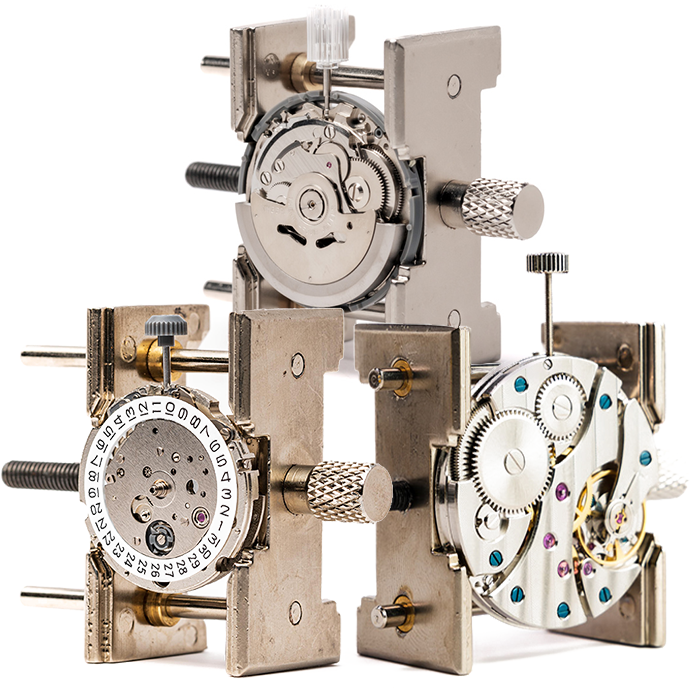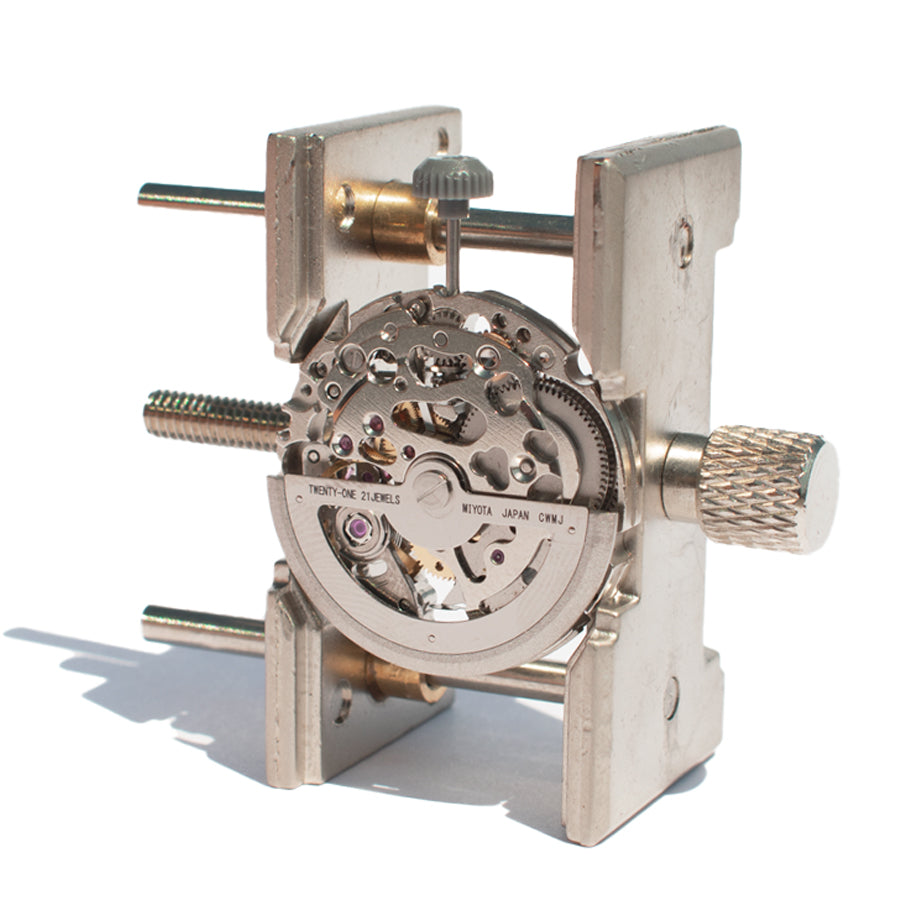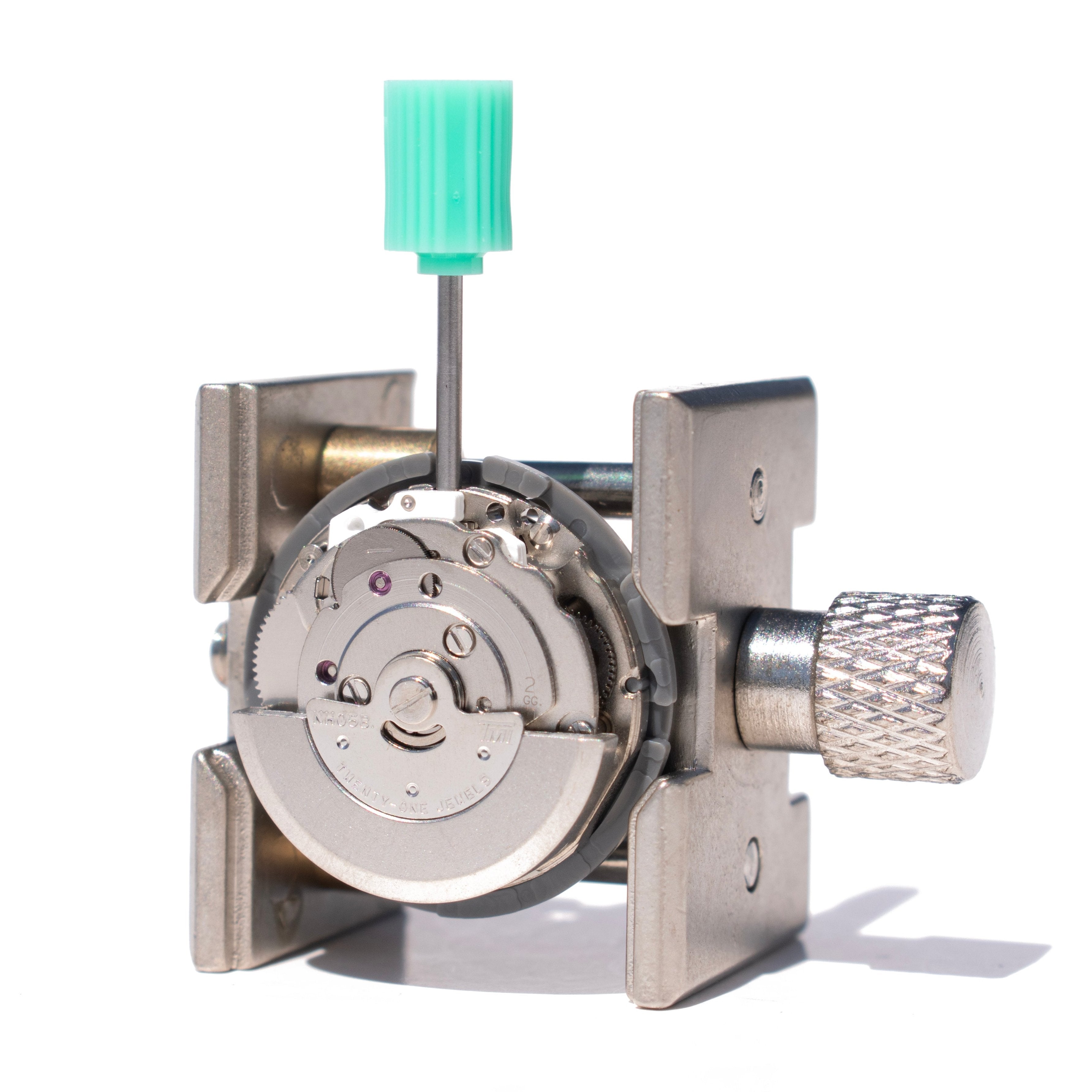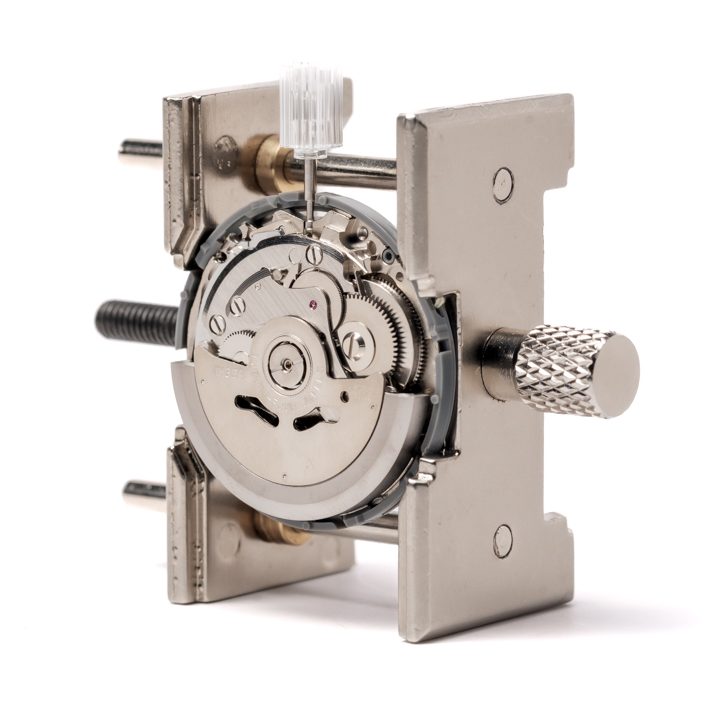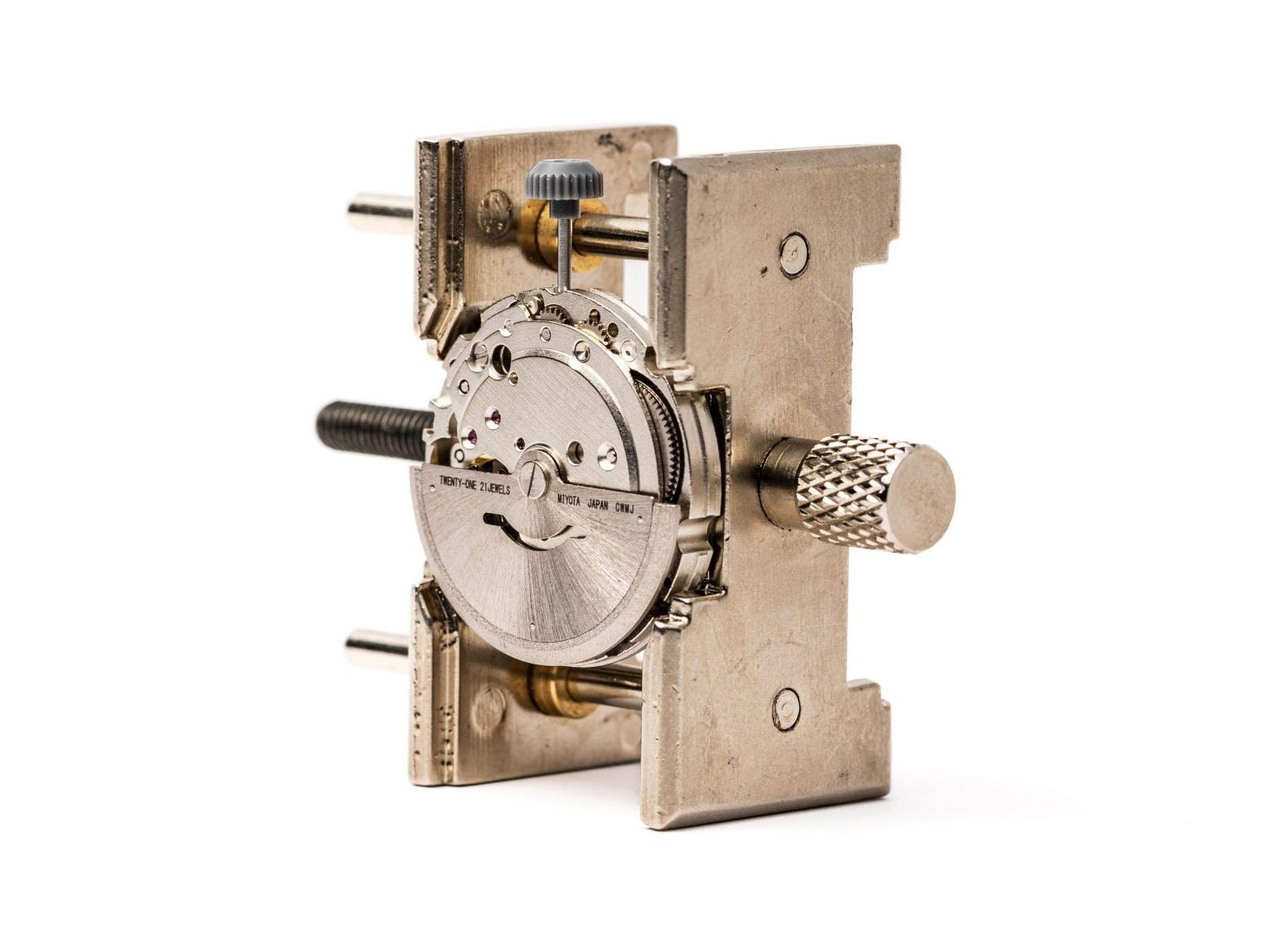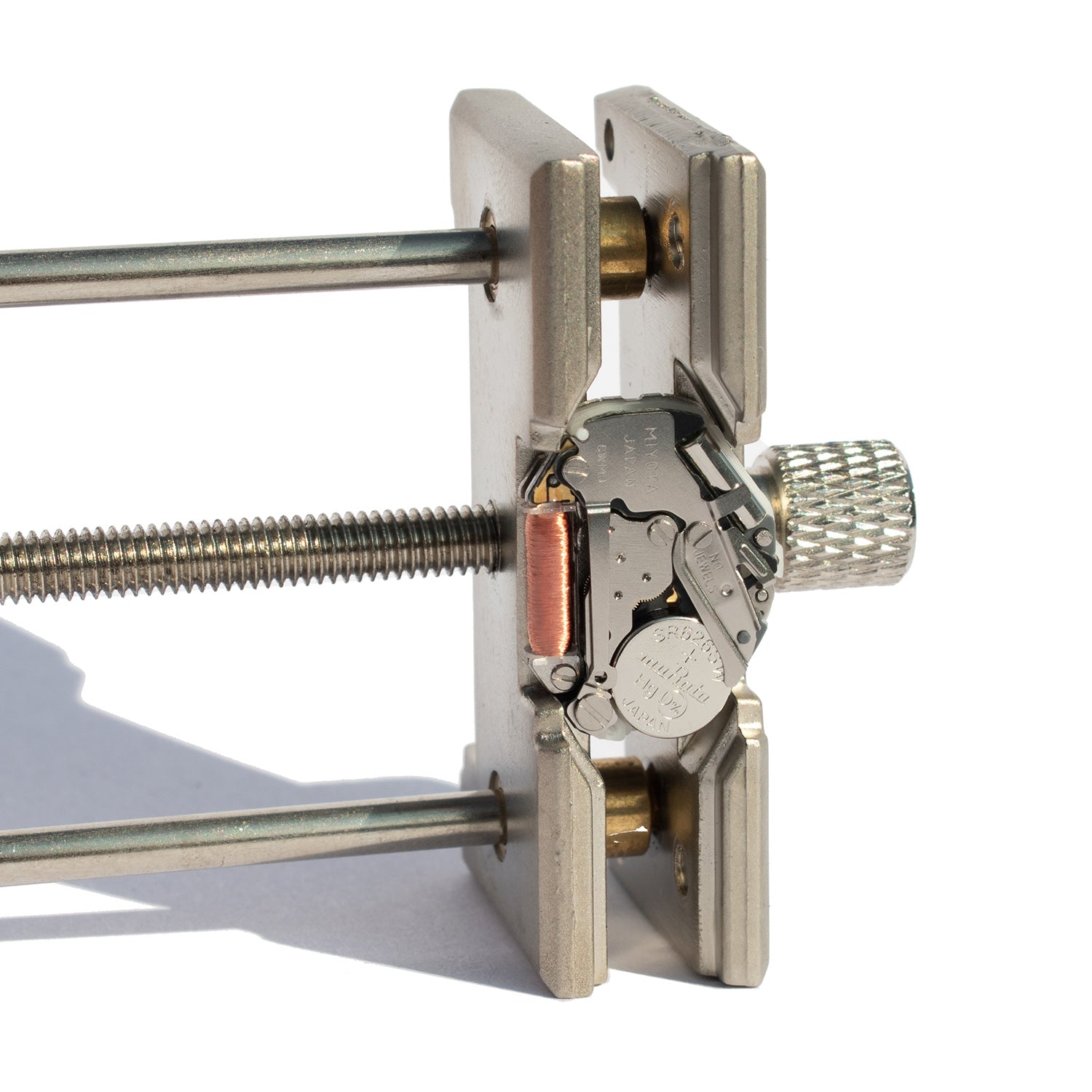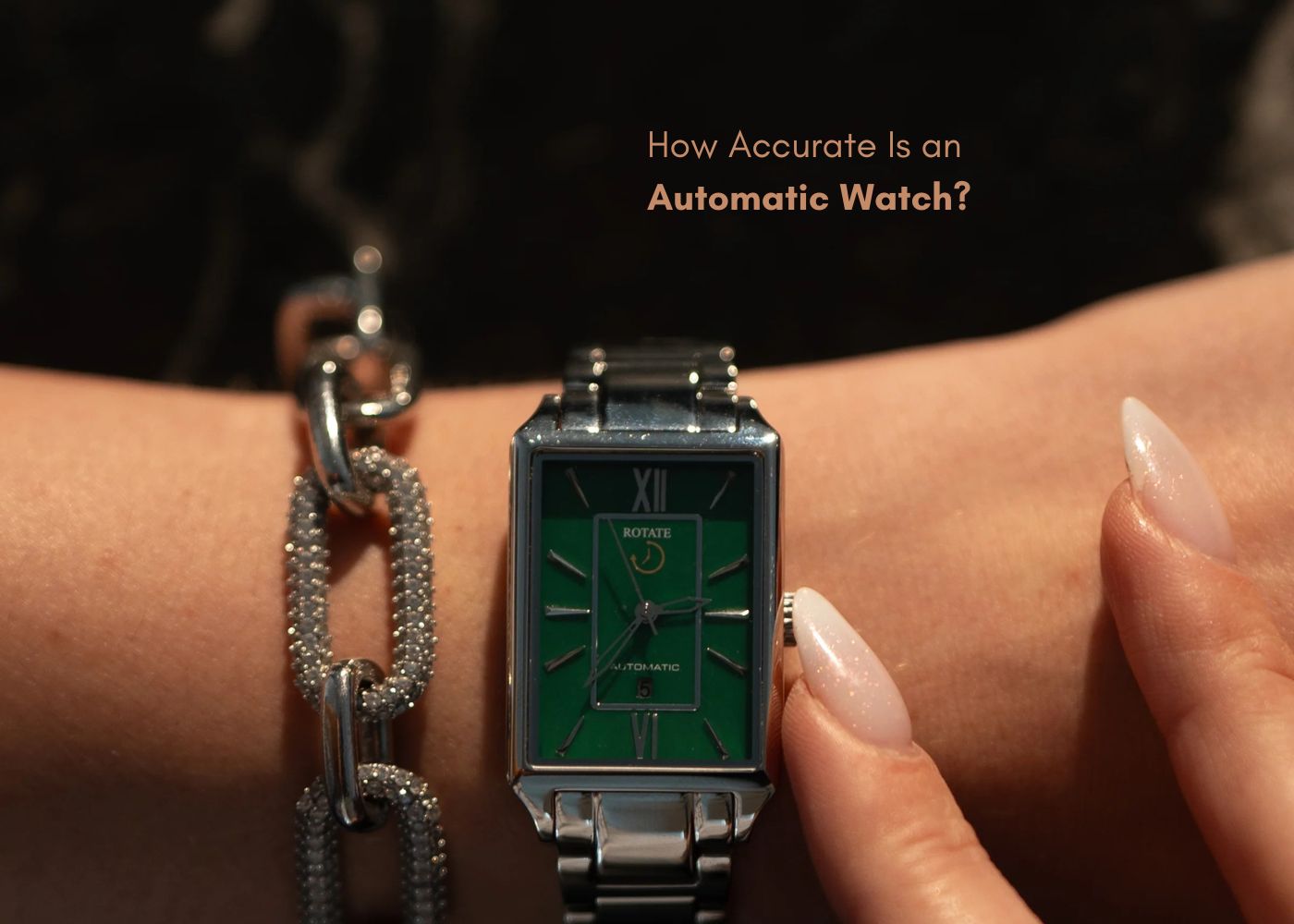
How Accurate Is an Automatic Watch?
Ever wondered just how precise your automatic watch is? Automatic watches are marvels of engineering, combining artistry with intricate mechanics. But what affects automatic watch accuracy? Can you measure it? And, equally importantly, what are the ways to adjust the accuracy for optimal performance?
Introduction
Automatic watches, also known as self-winding watches, draw power from the natural motion of your wrist. They're not just instruments for telling time but symbols of craftsmanship and tradition.
The journey of automatic watches began in the late 18th century when watchmakers sought ways to keep watches wound without manual intervention.
Watchmakers created mechanisms that wound the mainspring automatically by harnessing the movement of the wearer's wrist. This innovation led to the development of self-winding watches, revolutionizing how we perceive timekeeping. Today, the accuracy of automatic watches reflects centuries of refinement and craftsmanship.
What Determines Automatic Watch Accuracy?
Several factors influence the accuracy of automatic watches. The quality of the movement, the craftsmanship involved, and even your daily habits play significant roles.
Movement Quality
The heart of the watch is its movement. High-quality movements are engineered with precision, using materials and designs that promote consistent timekeeping. Watches featuring movements like the Seiko NH05, found in the Knight Watchmaking Kit, offer reliability and approximately 50 hours of running time.
Wearing Habits
Your wearing habits significantly affect the accuracy. Regularly wearing your watch keeps it wound and operating smoothly. Inconsistent wearing can lead to variations in power reserve, affecting accuracy. But, this is easily resolved by wearing your watch daily so you can encourage a stable energy flow to the movement.
Position and Handling
How you handle and store your watch can impact its accuracy. Resting it in different positions when not worn-such as laying it flat or on its side-may cause slight variations in timekeeping. Handling your watch gently and storing it properly contributes to consistent performance.
Maintenance and Care
Keeping your watch clean and protected from dust and moisture helps maintain its accuracy. While mechanical watches are robust, caring for them ensures they continue to function precisely. Regularly wiping your watch with a soft cloth and avoiding exposure to harsh conditions preserves its integrity.
How to Check Accuracy of Automatic Watch
Assessing your watch's accuracy is a straightforward process you can do at home. First, synchronize your watch with a reliable time source by setting it to match an official timekeeping service or atomic clock. Next, record the exact time and date you've set your watch. Monitor your watch over 24 hours, and then compare it to the same time source to calculate the difference in seconds gained or lost.
For a more accurate assessment, repeat this process over several days and calculate the average daily deviation. Consistently checking helps you understand your watch's performance under normal conditions.
Measuring Automatic Watch Accuracy
Measuring accuracy over time provides insights into your watch's performance. One method is manual tracking, where you keep a daily log of time deviations to identify patterns. Using a time grapher device offers a more precise measurement by analyzing the rate, amplitude, and other factors of your watch's movement. Mobile apps are also available to help track and calculate your watch's accuracy.
Understanding how to measure automatic watch accuracy empowers you to keep your timepiece performing optimally.
What Is Acceptable Accuracy for an Automatic Watch?
An acceptable accuracy for most automatic watches ranges from -20 to +20 seconds per day. High-quality watches often achieve better accuracy, between -10 to +10 seconds per day. Premium movements may offer even tighter tolerances.
Acceptable accuracy depends on the watch's specifications and the movement inside. For example, watches built with the Seiko NH36 movement, like those in the Cabot Watchmaking Kit, are known for their reliability and precision.
How to Adjust Automatic Watch Accuracy
If you notice your watch consistently running fast or slow beyond acceptable limits, adjusting it might be beneficial.
Regulating the Watch Yourself
Adjusting the accuracy involves fine-tuning the regulator inside the movement. First, identify the regulator by locating the small lever on the balance wheel assembly. Make small adjustments by moving the regulator slightly towards the '+' sign to speed up the watch or towards the '-' to slow it down. Remember to only make TINY adjustments at a time and test rigorously in between adjustmentsAfter adjusting, test the watch by monitoring it over the next few days and making further adjustments if necessary.
Our watchmaking kits, such as the Seagull ST3600 Movement Kit, provide the tools and guidance to perform these adjustments confidently.
Tips for Adjusting Accuracy
Using proper tools like fine screwdrivers and tweezers helps you make precise adjustments. Working in a clean environment prevents contaminants from affecting the movement. Being patient and making small adjustments, testing over time, leads to the best results.
Embracing the process helps you connect with your watch and understand its inner workings.
Maintaining Optimal Accuracy
Keeping your automatic watch accurate involves regular care. Wearing it regularly keeps the movement wound and maintains steady timekeeping. Storing it properly when not worn, such as using a watch box or case, protects it from dust and impacts. Avoiding extremes like high temperatures and shocks preserves its integrity. Handling your watch with care prevents unnecessary strain on the movement.
These simple practices contribute to your watch's longevity and precision.
Exploring Watchmaking with Rotate®
Delving into watchmaking enhances your appreciation for these intricate devices. Building your own watch provides hands-on experience with the mechanics of timekeeping.
Knight Watchmaking Kit
The Knight Watchmaking Kit offers a comprehensive experience with quality components, including the Seiko NH05 Movement with 21 jewels. It comes with a complete tool set, and the user-friendly guide makes assembly enjoyable. The elegant design, featuring a green mother-of-pearl dial, adds sophistication.
Creating your watch fosters a deeper connection with timekeeping and precision.
Cabot Watchmaking Kit
For those new to watchmaking, the Cabot Watchmaking Kit provides a beginner-friendly assembly. It features a classic silver sports watch design and offers a learning experience to gain insight into how watches work and how to maintain them.
Building your own watch not only results in a personalized timepiece but also equips you with the knowledge to care for it.
Conclusion
Understanding automatic watch accuracy enriches your relationship with your timepiece. By knowing what affects accuracy and how to measure and adjust it, you become more attuned to your watch's performance. Regular care, mindful wearing habits, and embracing the mechanics contribute to a watch that not only tells time but tells a story.
If you're intrigued by the world of watches and want to explore further, consider embarking on a journey with our watchmaking kits. They offer a fulfilling experience that combines learning with the joy of creation.
Ready to dive into watchmaking? Explore our range at Rotate® Watch Movement Kits and start your adventure today.
FAQs
1. How do I check the accuracy of my automatic watch?
Set your watch to match an official time source, note the time, and after 24 hours, compare it to see how many seconds it has gained or lost.
2. What is acceptable accuracy for an automatic watch?
Generally, an accuracy of -20 to +20 seconds per day is acceptable, but high-quality watches may offer better precision.
3. How can I adjust my watch if it's running fast or slow?
You can adjust the regulator inside the movement by making small tweaks and testing over time to improve accuracy.
4. Does wearing my watch regularly affect its accuracy?
Yes, wearing it regularly keeps the movement wound consistently, promoting steady timekeeping.
5. Can I build and adjust my own automatic watch?
Absolutely! Kits like the Knight Watchmaking Kit provide everything you need to build and adjust your own watch.

